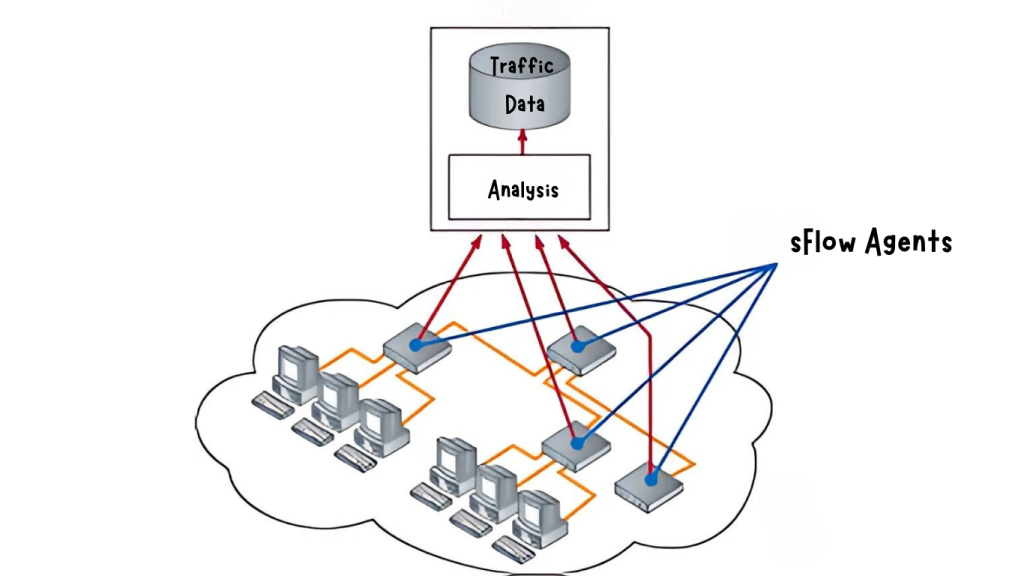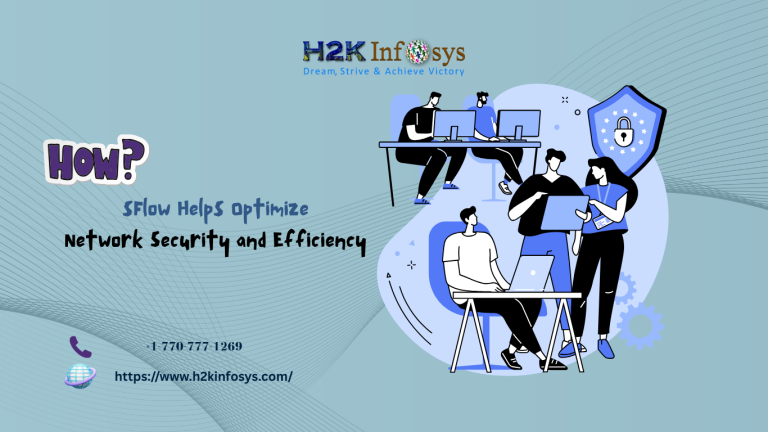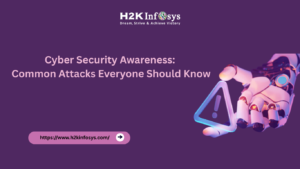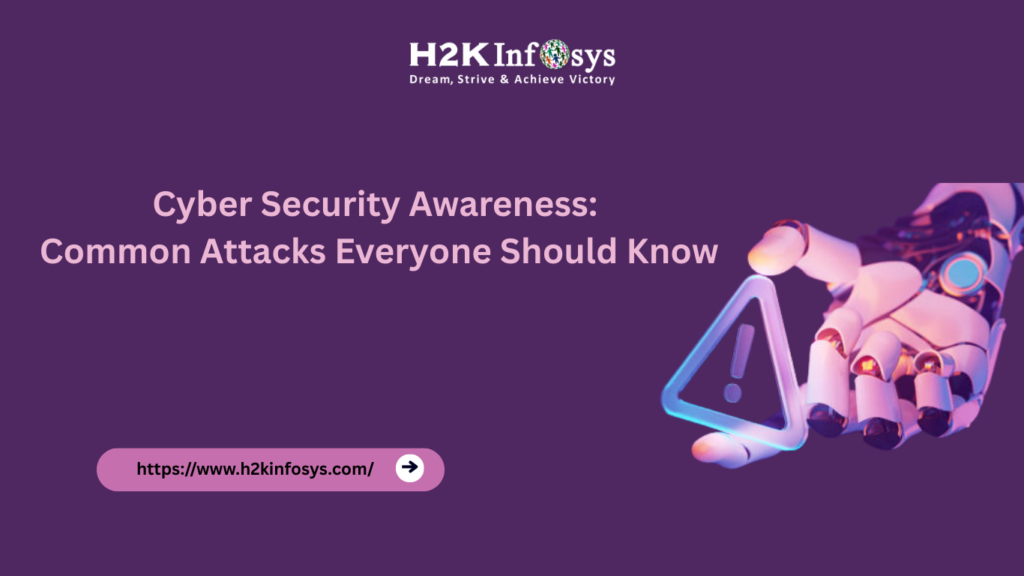Introduction: Why Modern Networks Need Smarter Monitoring
In today’s digital-first world, networks are the lifelines of every business. They connect users, enable cloud adoption, and support critical applications. But with increasing threats, data-heavy applications, and IoT expansion, monitoring network performance and ensuring security is harder than ever. Traditional tools like SNMP polling or packet-based monitoring often fall short because they either provide limited visibility or demand too many resources.
This is where sFlow comes into play. It is not just a monitoring protocol, it’s a real-time, scalable, and efficient solution for analyzing both performance and security. Whether you are an IT professional or a student exploring Cyber security training and placement, understanding sFlow can be a game-changer for your career and your organization.
What Is sFlow? A Simple Breakdown
It stands for “sampled flow”, a technology used for network traffic monitoring. It provides continuous, real-time visibility into both packet-level and flow-level data without overwhelming the system.
- Sampling Technique: Instead of capturing every packet, it randomly sample traffic, significantly reducing overhead.
- Scalable Architecture: Works across high-speed networks without draining bandwidth.
- Standardized Protocol: Supports multiple vendors, making it ideal for hybrid and multi-vendor environments.
In short, it strikes the right balance between detail and efficiency, making it one of the most widely adopted monitoring protocols in enterprise networks, data centers, and cloud environments.
How sFlow Enhances Network Security
1. Early Threat Detection
It collects real-time traffic data that helps detect anomalies such as sudden spikes, unusual ports, or suspicious IP addresses. This enables teams to spot threats like DDoS attacks, port scans, and data exfiltration attempts before they escalate.
2. Visibility Across the Network
Unlike limited SNMP counters, it provides visibility into all layers of network traffic. Security teams can monitor east-west traffic inside data centers critical for spotting lateral movement during cyberattacks.
3. Integration With Security Tools
It integrates seamlessly with SIEM platforms, firewalls, and intrusion detection systems. This means it becomes part of a holistic defense strategy, feeding actionable insights into larger security ecosystems.
4. Forensic Analysis
When incidents occur, it records offer valuable data for post-attack investigations. Teams can reconstruct traffic patterns, identify compromised nodes, and strengthen defenses for the future.
How sFlow Boosts Network Efficiency
1. Bandwidth Optimization
By analyzing sampled flows, administrators can identify which applications consume excessive bandwidth. It helps optimize usage, enforce QoS policies, and ensure business-critical apps get priority.
2. Load Balancing Insights
It reveals traffic distribution patterns. Organizations can use this data to fine-tune load balancers, ensuring smoother application performance.
3. Capacity Planning
With long-term data, IT teams can predict network growth and plan upgrades cost-effectively. This prevents bottlenecks and unnecessary spending.
4. Cloud and Virtualization Support
It supports multi-cloud and virtualized environments, ensuring that performance monitoring extends beyond physical devices.

Real-World Applications of sFlow
- Enterprise Networks – Large companies use it to monitor traffic between branches and data centers.
- Cloud Providers – Cloud vendors rely on it for scalable monitoring across thousands of virtual instances.
- ISPs – Service providers use it for bandwidth monitoring, anomaly detection, and customer usage analytics.
- Campus Networks – Universities and research labs implement it to balance traffic loads and detect potential intrusions.
Step-by-Step: Setting Up sFlow in a Network
Here’s a simplified guide to help you understand how it is deployed:
- Enable sFlow on Devices
- Switches and routers must support it.
- Use CLI or GUI to configure sampling rates and destinations.
- Switches and routers must support it.
- Choose Sampling Rate
- Example: 1 out of every 1,000 packets.
- The choice depends on network size and monitoring needs.
- Example: 1 out of every 1,000 packets.
- Set Up sFlow Collectors
- Dedicated servers or virtual appliances receive s Flow data.
- Open-source and commercial collectors are available.
- Dedicated servers or virtual appliances receive s Flow data.
- Analyze and Act
- Data is visualized into dashboards for traffic, security, and performance insights.
- Alerts can be configured for anomalies.
- Data is visualized into dashboards for traffic, security, and performance insights.
Sample Configuration (Cisco Nexus Example):
sflow collector 1 ip 192.168.10.5 udp-port 6343
sflow agent-ip 192.168.10.1
sflow sampling-rate 1000
sflow counter-poll-interval 20
sflow enableWhy Learning sFlow Matters for Cyber Security Careers
If you are pursuing cyber security training courses or looking for Cyber security training and job placement, mastering it can boost your profile. Here’s why:
- High Demand Skill: Network visibility and monitoring are key skills for cyber security analyst training online programs.
- Industry Adoption: Enterprises, ISPs, and cloud providers use sFlow, so knowledge of it gives you a competitive edge.
- Career Relevance: Employers hiring for cyber security roles want candidates who understand not just firewalls and policies, but also how to monitor traffic in real time.
By enrolling in cyber security training with placement, you can gain both theoretical and practical knowledge of tools like sFlow, ensuring readiness for real-world challenges.
Comparing sFlow With Other Monitoring Approaches
| Feature | SNMP | NetFlow/IPFIX | sFlow |
| Data Type | Counters only | Flow records | Packets + Flow + Counters |
| Resource Usage | Low | High (per-packet) | Low (sampling-based) |
| Scalability | Medium | Limited on high-speed | High, even at 100G networks |
| Security Visibility | Limited | Good | Excellent (anomaly detection) |
| Deployment | Easy | Moderate | Easy and Vendor-agnostic |
This comparison makes it clear: it is the most scalable and security-friendly option for modern networks.
The Role of sFlow in Future Cybersecurity
With trends like IoT, 5G, and AI-driven cyberattacks, it will continue to play a central role in network visibility. Its ability to handle terabit-scale networks without performance overhead ensures its relevance for years to come.
Emerging use cases include:
- AI-Powered Analytics: Feeding sFlow data into machine learning models for predictive threat detection.
- Zero Trust Architectures: Using sFlow insights to continuously validate trust policies.
- Cloud-Native Security: Monitoring microservices traffic inside Kubernetes clusters.
Key Takeaways
- It provides real-time visibility, helping organizations balance network efficiency with strong security.
- It supports anomaly detection, bandwidth optimization, and forensic analysis, making it a must-have for IT teams.
- For learners pursuing cyber security course with placement, the knowledge provides a competitive advantage.
- Organizations adopting cloud, virtualization, and high-speed networking rely heavily on sFlow to keep systems secure and efficient.
Conclusion: Take the Next Step With H2K Infosys
It is more than just a monitoring protocol; it’s a strategic tool for building secure, efficient, and future-ready networks. If you are planning to grow your career in IT, now is the perfect time to gain skills that employers actively seek.
Join H2K Infosys’ Cybersecurity training and placement programs today. Gain hands-on experience, master tools like sFlow, and prepare for high-demand careers with confidence.


























